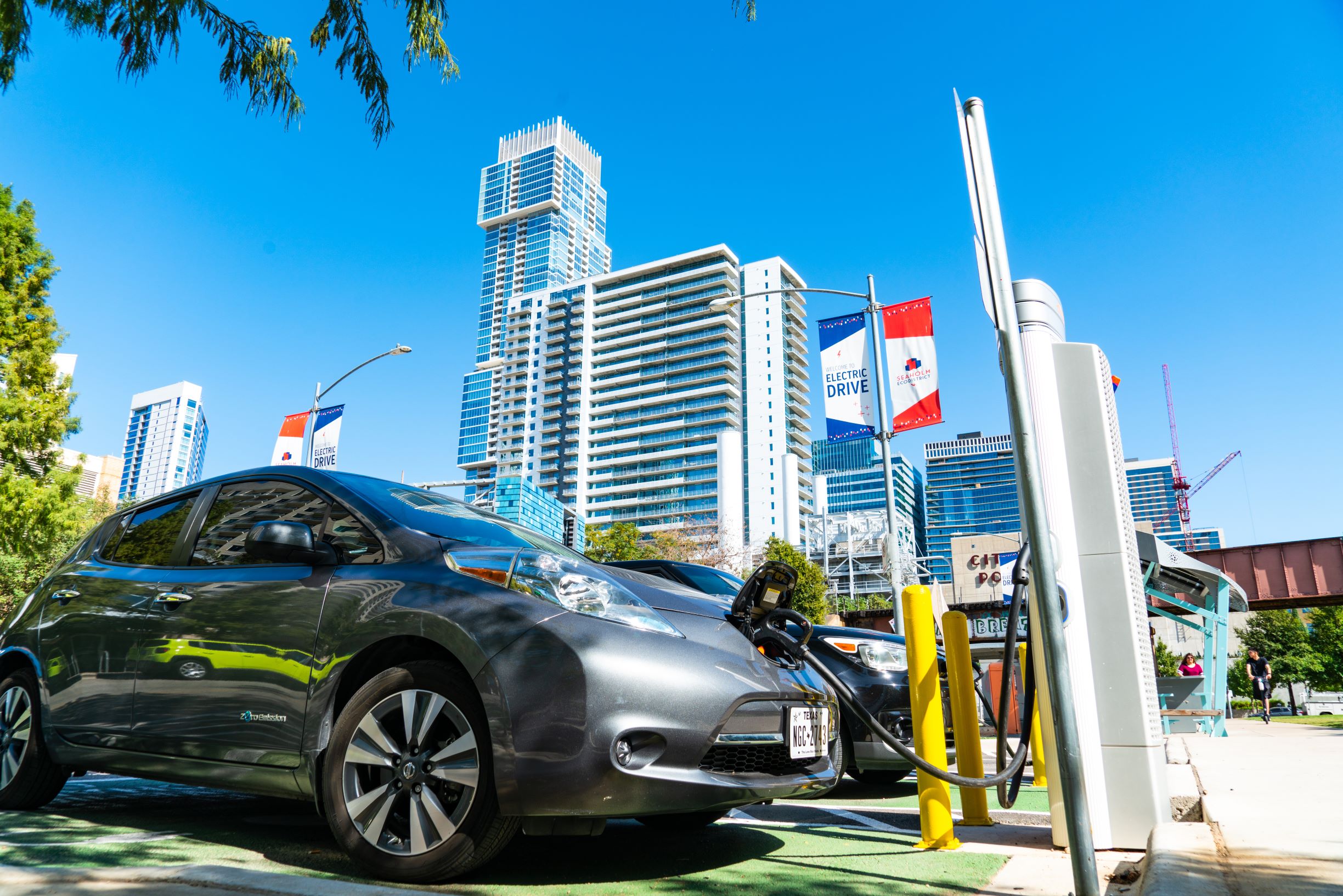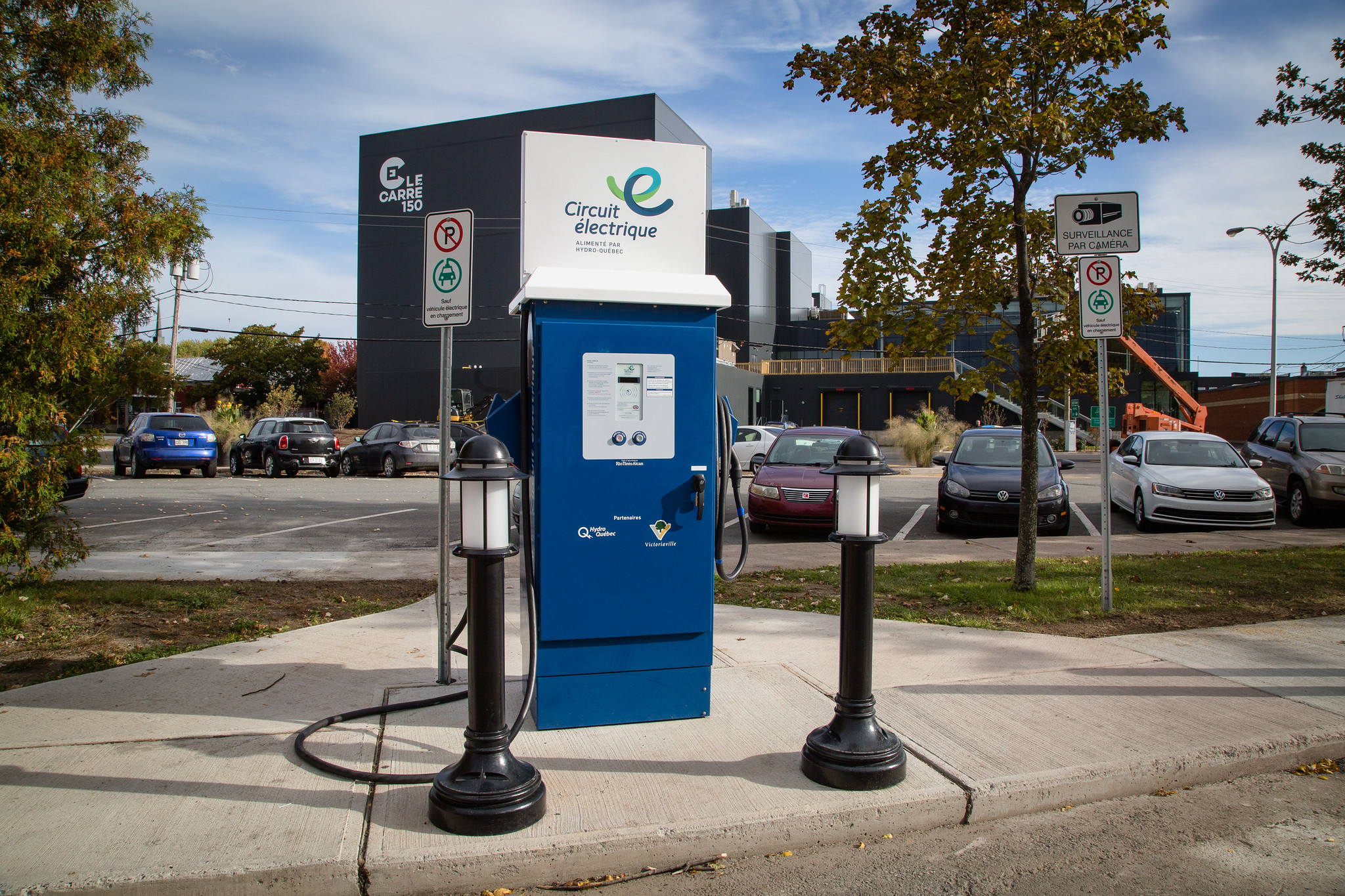
Totally wired: How Quebec became a leader in electric vehicle charging
Quebec built a widespread network of convenient, reliable electric vehicle chargers. Can the U.S. do the same?
A few weeks ago, my wife and I took our first real road trip in an electric vehicle – a four-hour jaunt to the north to ride part of the Route Verte bicycle network in Quebec’s Eastern Townships. (Pro tip: If you enjoy bikes, lovely landscapes, beer and/or poutine, I recommend it.)
We were a little nervous – it was our first EV trip long enough to require public charging. And we’d heard the horror stories from EV owners about broken chargers and fierce competition for those that work. (Frontier Group even wrote a report about these and other challenges of public charging back in 2019.)
Looking at our charging app, the options between southern New Hampshire and the U.S./Canada border appeared meager. The map seemed to show a fair number of chargers right over the border in Quebec, but could we trust them? Would they work with our vehicle? Would they be in good working order? Would we be able to understand enough French to actually use them?
The answers to those questions, in order, were yes, yes, yes and oui. Not only that, but the electric vehicle charging network in Quebec provided a sneak preview of what a convenient EV charging network could look like in the United States – if and when we ever get around to building one.
Quebec is quite a bit different from the United States – and not just linguistically and culturally. The province has unusually cheap electricity, provided by the deep-pocketed public utility Hydro Quebec. (That power is largely generated from hydroelectric dams built over the course of decades at tremendous cost to the natural environment and to First Nations, but that is a discussion for a different day.)
Quebec is also, as you might be aware, cold. Really cold. And cold weather does a number on the range of EV batteries, slashing range by 25 percent or more. That makes it more likely that an electric vehicle will need to be charged in circumstances where it otherwise might not – making access to convenient public charging even more important.
In addition, Quebec has been committed to increasing the share of electric vehicles on the road. In 2016, the province followed the example of California and several U.S. states in requiring the sale of a growing share of zero-emission vehicles.
But meeting those goals relied on building out a network for EV charging. And that required partnerships.
A utility, a transit agency and a chain of chicken restaurants
It sounds like the lead-up to a bad joke: an electric utility, a transit agency, a chain of chicken restaurants, a supermarket and a hardware store walk into a bar … but (minus the bar part) it’s an accurate description of how Quebec’s Electric Circuit, which now offers more than 4,500 charging stations, including 800 fast charging stations, got off the ground. In 2012, Hydro Quebec worked with those partners to lay plans for building the first 100 charging stations across the province, with their retail partners supplying the locations.
In 2015, for example, the St-Hubert chain of chicken restaurants committed to install EV chargers at each of its more than 100 outlets. Other major retailers made similar commitments. The partnerships also extended to local governments and indigenous communities, with a grant program to help those entities install chargers in municipal lots and along curbsides in downtown areas and near tourist sites.
The ubiquity of those Level 2 (low-speed) Electric Circuit chargers almost became a running joke in our travels. It was like they were following us. Visit a farmer’s market? There’s a charger. Go for a hike? Another charger. When we couldn’t figure out how to get the charger at a hotel to work, it turned out that there was another one just a block away. And so it went.
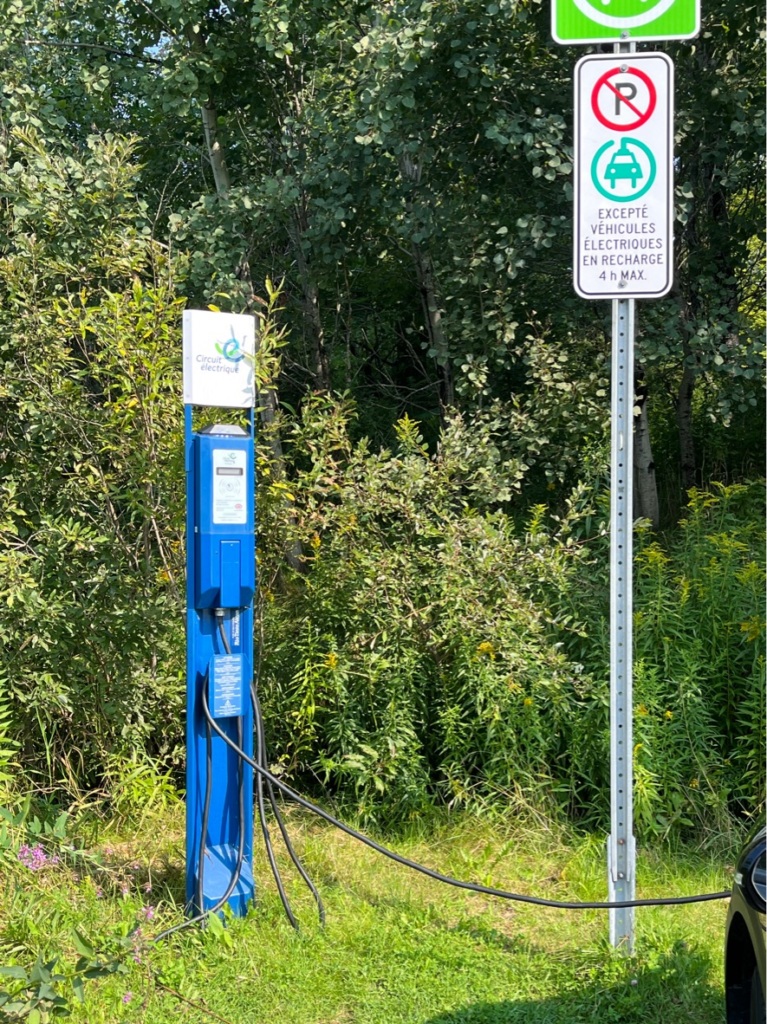
Electric vehicle charger at the Marais de la Riviere aux Cerises park in Magog, QuebecPhoto by staff | TPIN
As a result, we were able to travel by sipping electricity from many slow chargers as opposed to gulping it down at DC fast chargers, likely a better strategy for both the health of our car’s battery and the grid.
But if we did need fast chargers, there were lots of those around, too – and unlike in the U.S., they were clearly and prominently signed from the highway. The signage, coupled with the ubiquity of the blue Electric Circuit chargers in public places, means that if you drive an electric car in the parts of Quebec we visited – and, importantly, even if you don’t – you know that ample public charging exists. This is in big contrast to the U.S., where, with the exception of Tesla stations, EV chargers are often hidden away from the public.
And not all of the Electric Circuit’s chargers are in big cities or their suburbs. In 2022, a writer for the New York Times drove his EV to the town of La Corne, 350 miles northwest of Montreal. While the trip wasn’t completely stress-free, the writer made it to his destination – and, upon his arrival, found numerous EV chargers and EV drivers in the northern town.
Quebec’s EV charging network includes more charging points than most U.S. states, and unlike the U.S.’s balkanized network, with Tesla fast charging stations largely open only to Tesla vehicles and the rest divvied into various charging networks, all Electric Circuit stations can be used by all major vehicle brands, including Teslas (with an adapter).
But as we wrote several years ago, sheer numbers aren’t enough to judge the quality of an EV charging network. The chargers also need to work.
The Electric Circuit’s network is interoperable with ChargePoint, our go-to charging app, making accessing the chargers a relative snap. And reviews of discussions among EV owners on Reddit and elsewhere give the network high marks for reliability.
More chargers lead to more EVs
The ubiquity and reliability of the charging network appear to be big reasons why adoption of EVs in Quebec is booming. In the fourth quarter of 2022, EVs and plug-in hybrids accounted for nearly 15 percent of vehicles sold in Quebec, ranking second in Canada behind British Columbia. By contrast, in my home state of Massachusetts, the EV market share, including plug-in hybrids, was just over 10 percent.
On our way home to Boston, we stopped at the only conveniently located fast charging station over more than 100 miles of Interstate highway in Vermont and New Hampshire (thanks, Twin State Ford in St. Johnsbury, Vt.!), where we passed the time chatting with a few drivers from Quebec refueling their EVs and plug-in hybrids. When not recalling the history of the Bruins/Canadiens hockey rivalry, they confirmed our first-blush impressions of the reliability of the Quebec EV network … and the shortcomings of our own.
So, what would it take to catch up? The first steps are already being put in place with the National Electric Vehicle Infrastructure (NEVI) program created in the 2021 Bipartisan Infrastructure Law. NEVI will ensure that EV charging corridors exist along major highways across the country, with states taking the lead in planning their own networks. Other grant programs funded by the law will help cities and towns expand charging opportunities, particularly in low-income and rural areas.
There are also hints of the kinds of retail charging opportunities that took root in Quebec a decade ago. In April, Walmart, which already offers 1,300 EV fast-charging stations across the country, announced the dramatic expansion of its network. It is a recognition that one of the features of EVs that can seem like a minus – the time it takes to recharge – represents an opportunity for businesses that might benefit from a captive audience with half an hour to kill.
U.S. cities, however, are woefully behind in planning for the kinds of off-street and curbside public charging that will be needed to sustain EVs in urban areas. In 2018, we warned that cities risked being overwhelmed by electric vehicles unless they planned for safe and appropriate opportunities for charging in public places. Today, that prediction appears to be turning into a reality, with cities such as Cambridge, Mass., compensating for a lack of public charging by allowing EV charging cords to extend across sidewalks, which is not a long-term solution. Fortunately, leading cities around the world are addressing this challenge, including – naturally – those in Quebec, where the Electric Circuit is funding 4,500 new charging points in urban areas to support daytime use in downtown and shopping areas and nighttime use in neighborhoods without off-street parking.
Our few days in Quebec showed what is possible when a variety of stakeholders – government, utilities and the private sector – think ahead and plan for the creation of widely available, reliable EV charging infrastructure before the demand becomes overwhelming. There is little doubt that that planning is now paying off in EV adoption rates that put most U.S. states to shame. With the Bipartisan Infrastructure Law’s historic investment in EV charging now starting to kick in, we can only hope that the U.S. can achieve similar results.
Then, we can turn our attention to things that really matter. Like mastering the art of poutine.
Topics
Authors
Tony Dutzik
Associate Director and Senior Policy Analyst, Frontier Group
Tony Dutzik is associate director and senior policy analyst with Frontier Group. His research and ideas on climate, energy and transportation policy have helped shape public policy debates across the U.S., and have earned coverage in media outlets from the New York Times to National Public Radio. A former journalist, Tony lives and works in Boston.
Find Out More
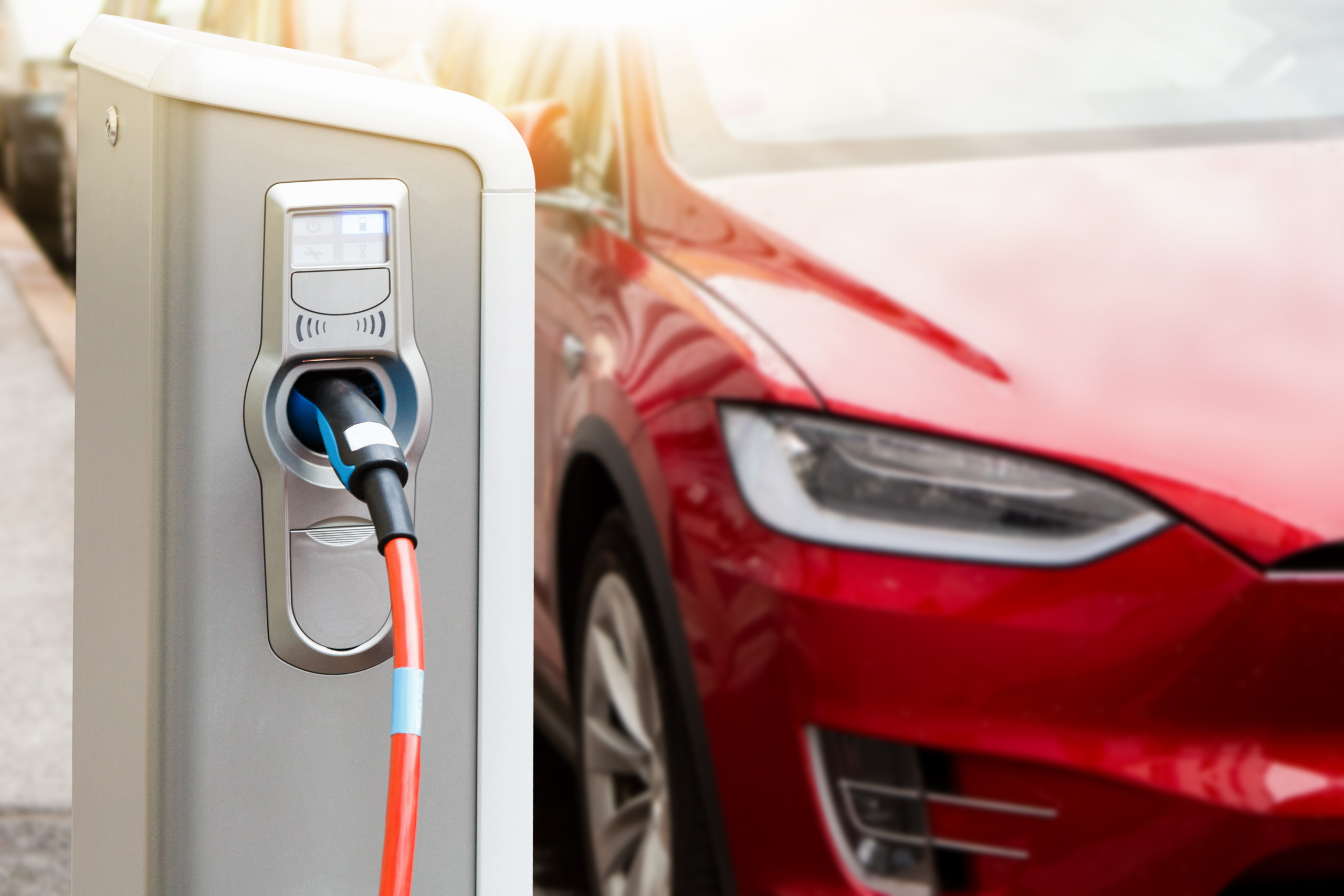
Automakers could have learned to build EVs. They paid Tesla to do it instead.
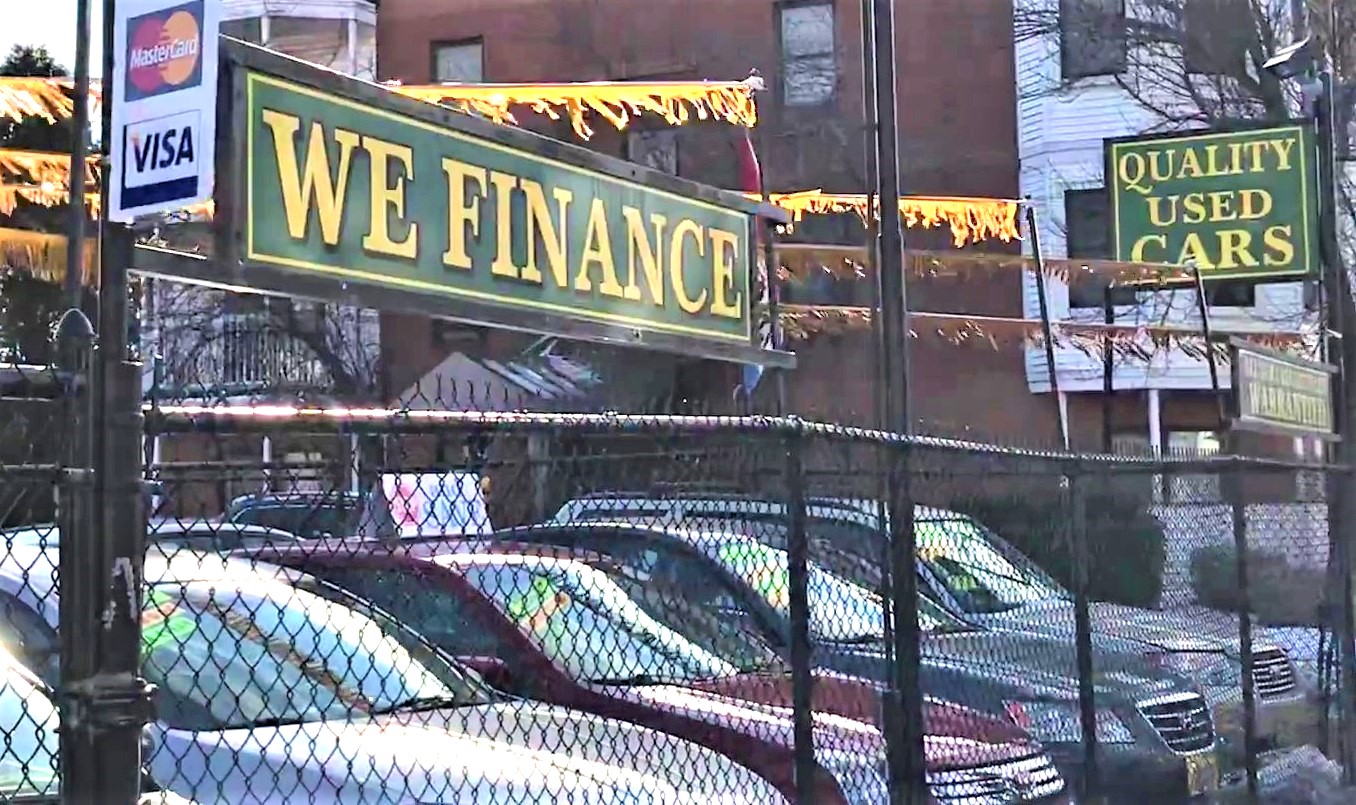
The auto industry has a sustainability problem. And it’s not just about the environment.
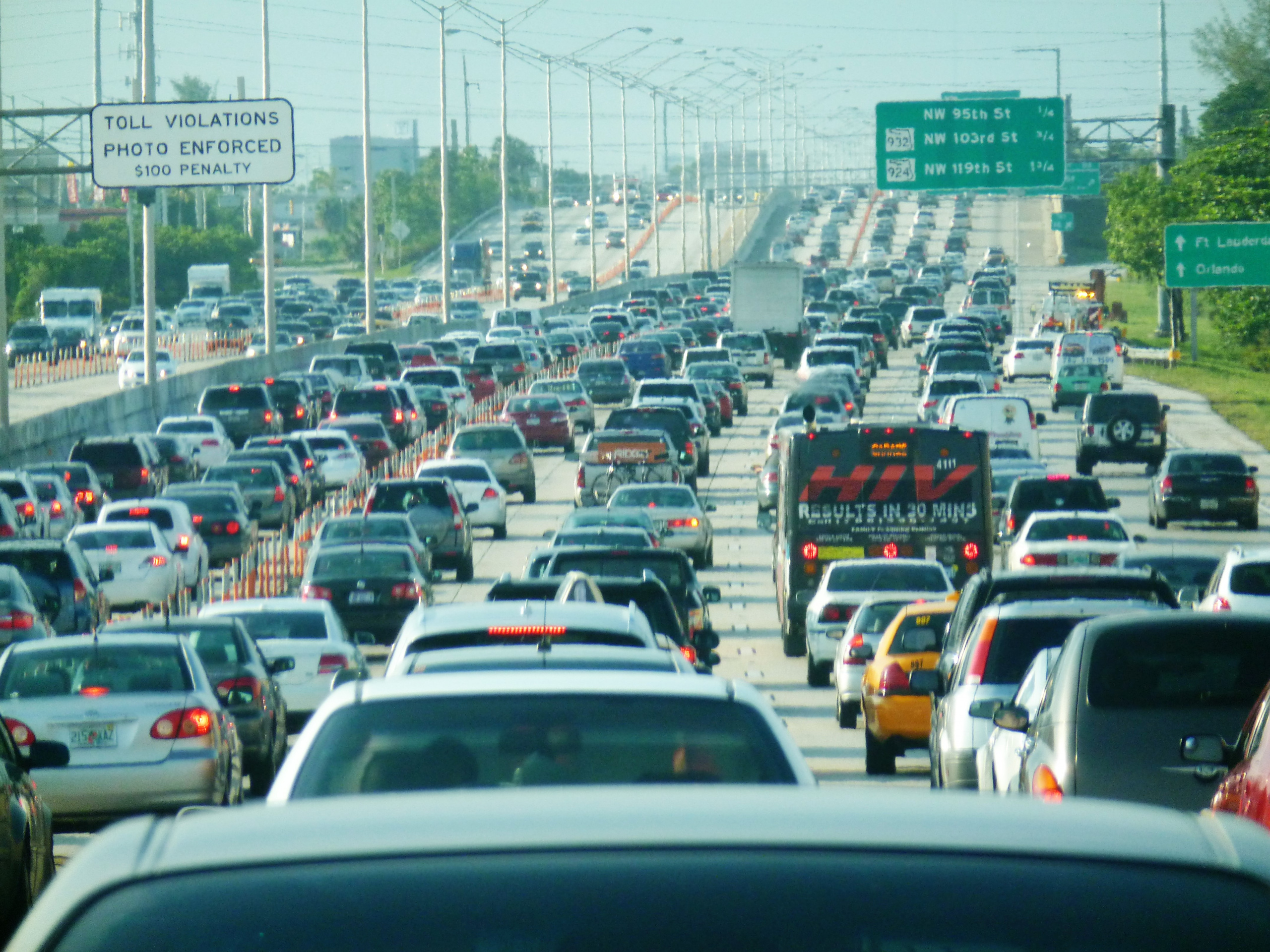
High gas prices are a symptom of our dependence on oil. It’s time to cure the disease.
